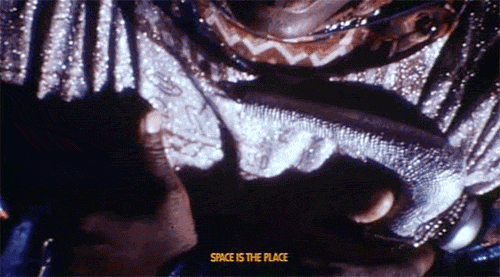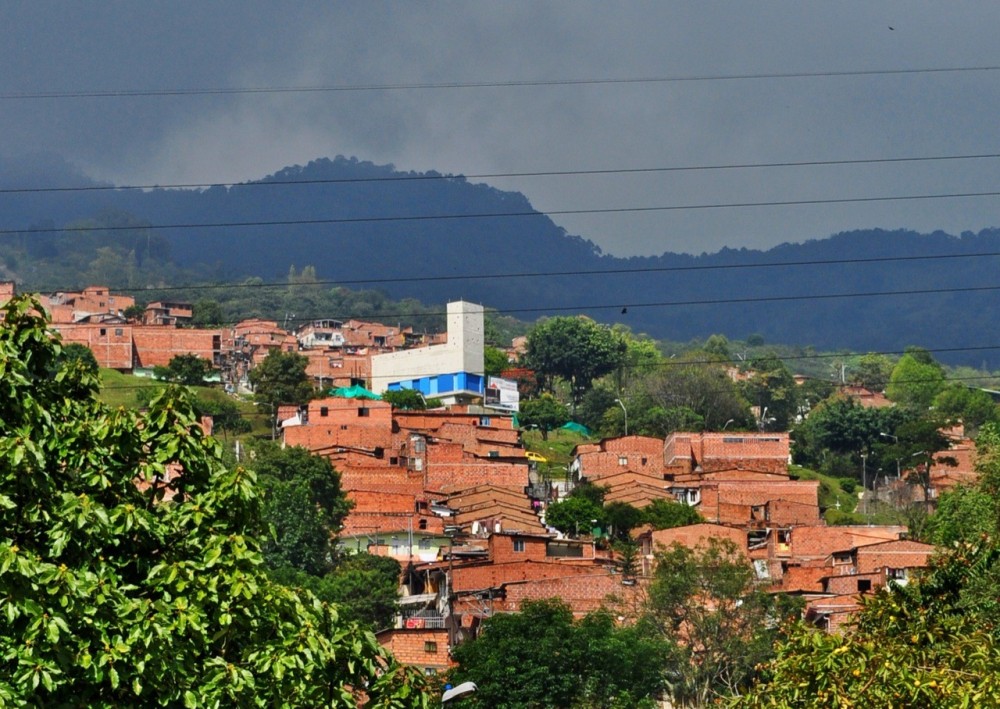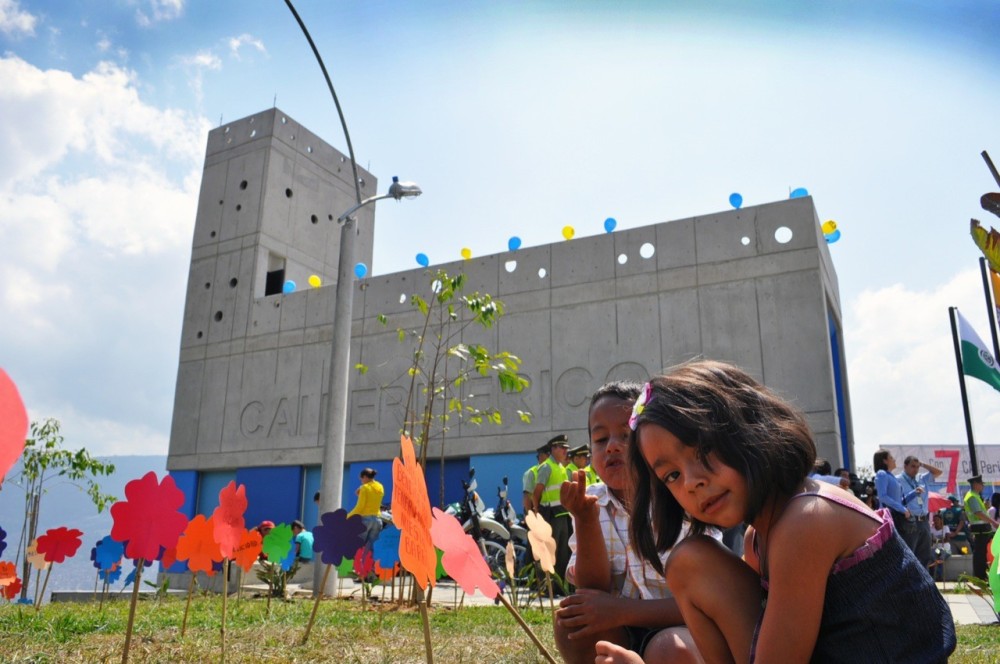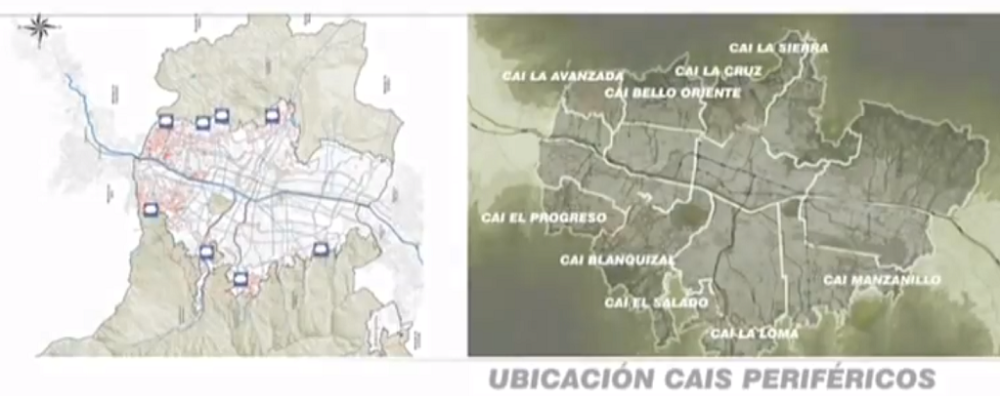Space is the Place

Let’s do some space-talkin’. I’m copy-pasting some of the notes for the lecture I gave this week for first year Global Studies students.
How can we define space? We can see space as a surface upon which we, human beings, move from A to B, in an X amount of time. In geographies prior to the spatial turn and the rise a humanist branch, space was primarily seen as a physical, mathematical and geometrical issue, expressing the surface of cities, regions, etc. We can see it as something measurable, tangible, even as a parceled product where 1m2=X €. We can see space as a matter of distance and mobility, too.
Secondly. It is a matter of distance not only between different administrative centers but also between persons. We can talk about a personal space, about the distance between the student and the teacher and how that affects their interaction. If I, the professor, stay on the stage, I’m positioned higher which symbolically increases my power as the professor, my superposition in the hierarchy between students and the professor. However, if I come closer to you, or if I sit among you, we are closer to establishing a relationship among equals. Or, for example, if we had met for the first time in a bar, and if I’d asked you for permission to join you at the table, if we’d engaged in a conversation, you might me more likely to intervene or oppose my ideas. Or change the topic. However, right now, in this situation I choose the topic. And, amongst other aspects, it is the space that configures our interaction.
This leads us to the third point of view of space. The spatial environment modifies our behavior as space embeds social relations. According to the socio-spatial dialectics, space is produced by social organization and production and, in the meantime, the way space is constructed shapes our social relations (Ed. Soja). So we can speak about social space and the production of space. Briefly speaking, the novelty of a social view of space is that instead of seeing it as a mere surface that we step upon, it is a multitude of stories and histories that compound a complex matter that we, as quotidian travelers must have in mind in our dwelling.
Spatial turn
The term social space was coined by the sociologist George Simmel who positioned social interactions in a spatial context, being a pioneer at the time (end of the 19th century). However, the proper spatial turn took place around the 1960s-70s in the Humanities and Social Sciences that were opposing the dominating way of analyzing past events in a historiographical Hegelian key, seeing History and the past as something linear and ever-accumulating. Intellectuals such as Gaston Bachelard, Lefebvre or Debord contributed to the construction of a new body of analysis of past and present events, focusing primarily on their spatial aspect. Why was the New World colonized? Why was Tianmen square the center of protests and bloody State oppression? This was a new type of approach, until the spatial turn space was seen as a lateral element of historical events.
One of the main scholars that contributed to the spatial turn and the tripartite division of space was Henri Lefebvre. Lefebvre was a sociologist and philosopher coming from the Hegelian and neo-Marxist tradition, in his early career he was a member of the Communist party and he also showed interest for the avant-garde movements such as Surrealism and Situationism and their somewhat utopian urban interventions. Funding his theory of Moments, he believed that ‘revolution’ either arrives in the everyday or it’ll never arrive. A Moment is, according to Lefebvre, a revelation that may arrive unexpectedly and never be repeated, however, one can recall the experience. Moments cannot be captured nor ‘ruined’ by the capitalist mode of production and are thus crucial instants for seeking and provoking a change. In his three-volume Critique of the Everyday Life he critiques…the everyday life of the consumptionist culture, similarly to Guy Debord’s Society of Spectacle. In the midst of his critique of the everyday life, Lefebvre wrote his obra magna, The Production of Space, where he introduces the spatial triad, dividing space into perceived, conceived and lived space. Posterior authors such as Ed Soja and David Harvey have re-developed it and given it new or perhaps more convenient names, Soja dividing space between first, second and thirdspace; Harvey speaking about absolute, relative and relational space. Here you have a little explanatory table.
|
The tripartite division of space |
|||
| Edward Soja | First space | Second Space | Thirdspace |
| Henri Lefebvre | Material space/
Perceived space |
Representation of space/
Conceived space |
Space of representation/
Lived space |
| David Harvey | Absolute space | Relative space | Relational space |
| Characteristics | Measurable
Tangible Physical Administrational Geometrical |
Designed/planned for a purpose
Representative Symbolical Space of power/control
|
Imaginable
Appropriated Political Analytical Utopian A space “that will be” |
| Examples | – Euclidean geometrics
– Cartesian coordinates – €/m 2 – Built environment and physical structure of buildings per se |
– Centre Cultural del Born and its surroundings as a space of power
– Statues/monuments representing past events – Artworks that use a representational language to depict lived spaces – Domestic space projected for a determined family structure |
– 15 –M
– Urban interventions – Graffiti – Street performance (unauthorized) – Appropriated public spaces (Forat de la Vergonya) – Squats/invading uninhabited buildings |
And some final quotes:
“ Space is not a scientific object removed from ideology and politics; it has always been political and strategic. If space has an air of neutrality and indifference with regard to its contents and thus seems to be “purely” formal, the epitome of rational abstraction, it is pre- cisely because it has been occupied and used, and has already been the focus of past processes whose traces are not always evident on the landscape. Space has been shaped and molded from historical and natural elements, but this has been a political process. Space is political and ideological. It is a product literally filled with ideologies.” Lefebvre, La Revolution Urbaine (1970)


